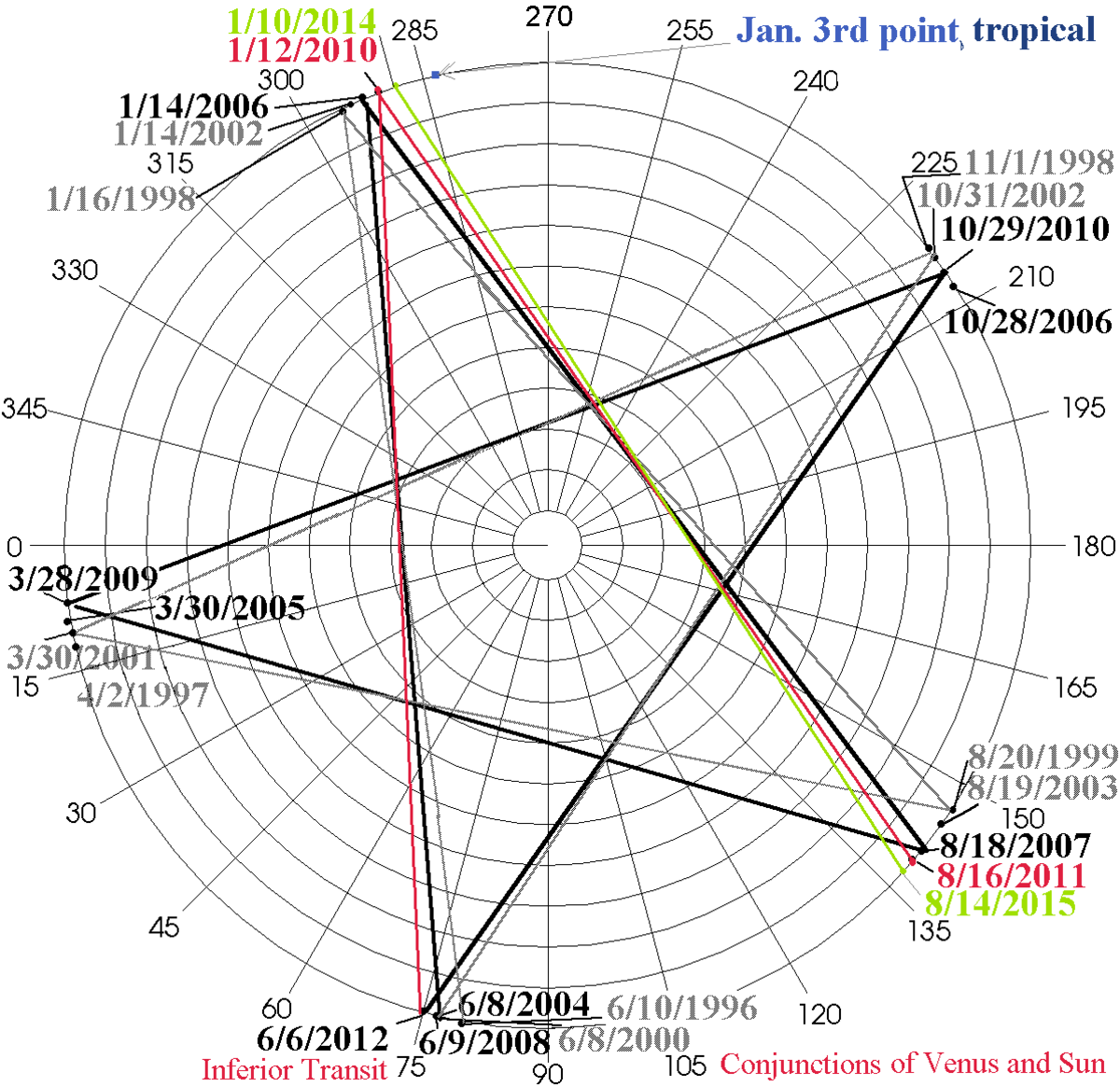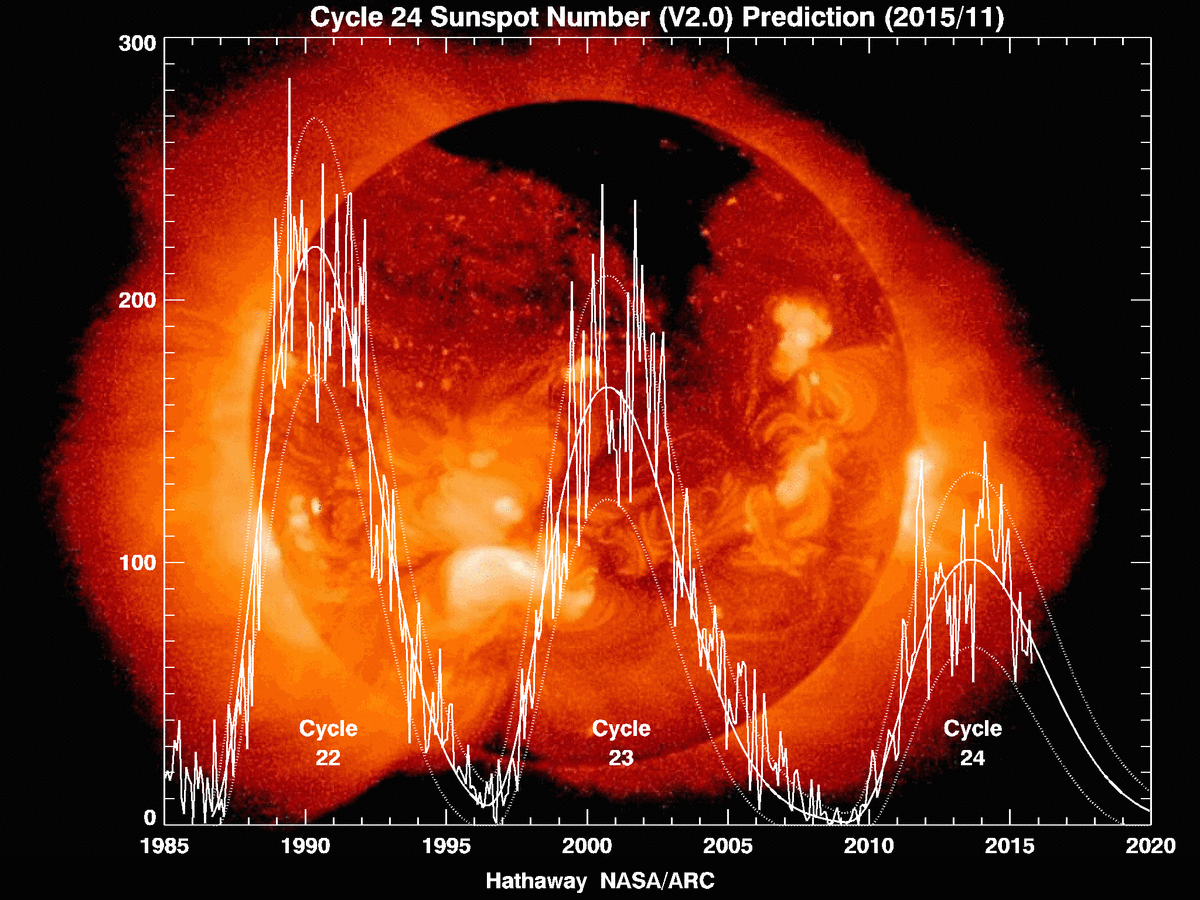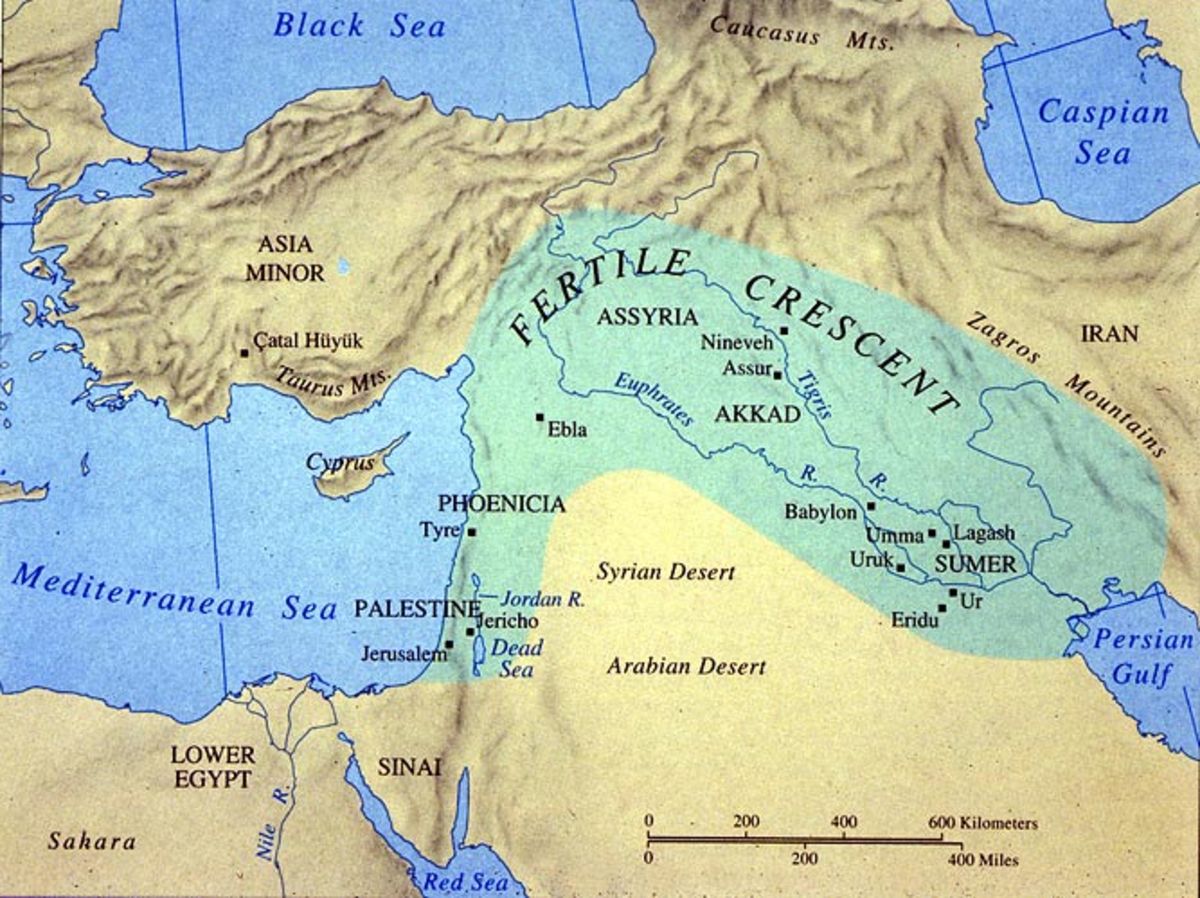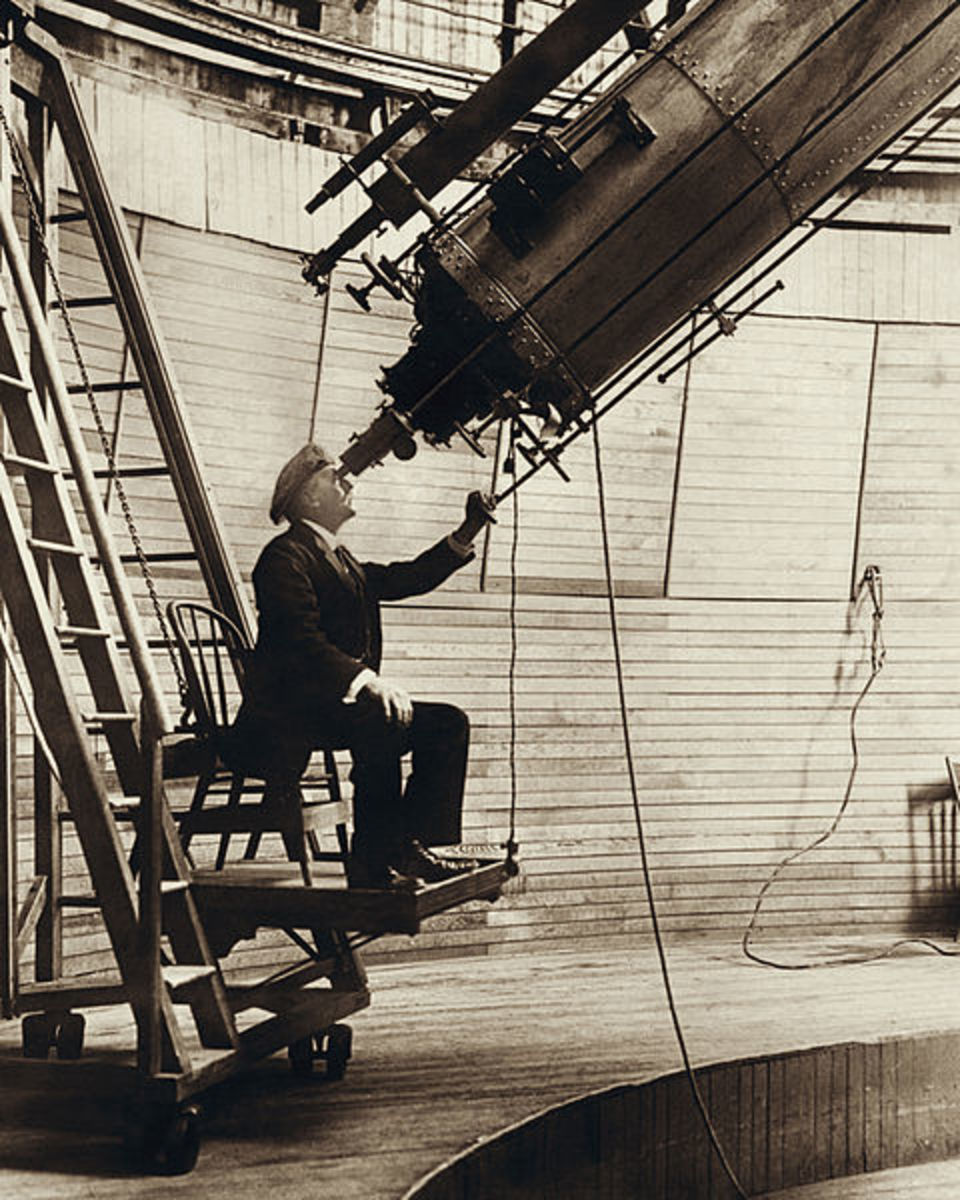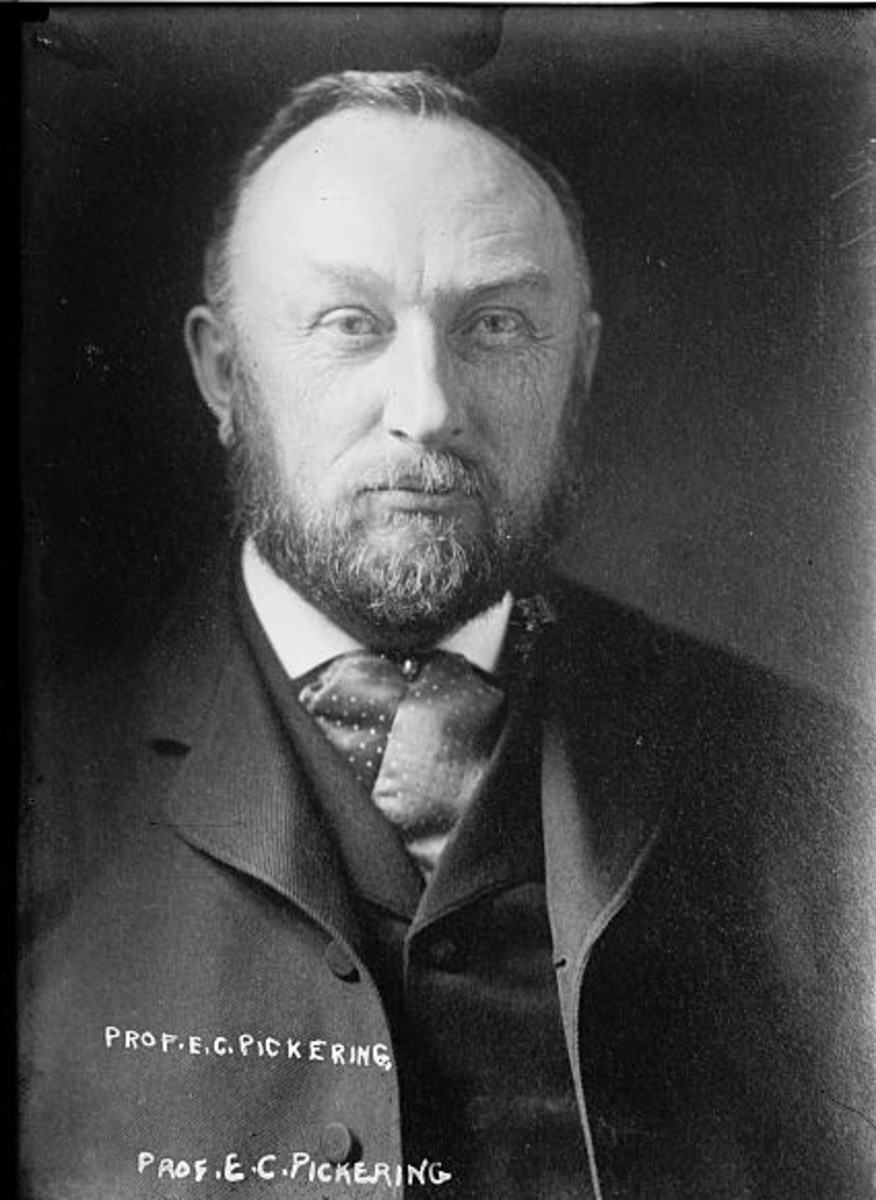The Measure of the Precession
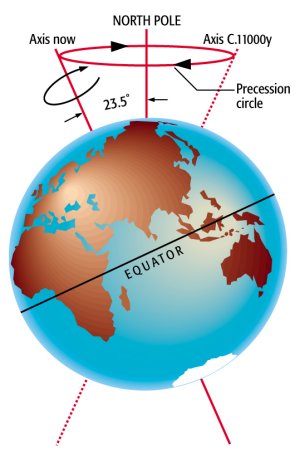
The Mismeasure of Speculations
The precession of the equinoxes has become a contentious issue when it should be straight forward. Simply stated, the influence of the moon upon the earth causes the earth to go through a complex dance on its spin axis. This works itself out in two principle motions. One is the the Chandler wobble and the other is the precession of the equinoxes. There are others, such as nutation, that contribute a small influence. The spinning earth behaves in a similar way to a gyroscope where the wobble occurs in the opposite direction of its spin. The moon and earth behave as a linked system. As a pair, they orbit around a common point called the barycenter. That point is located below the surface of the earth and varies in depth according to the distance of the moon. A simple formula derived from mass relations tells us that the earth is 80 times more massive than the moon, so we can say that the average distance can be divided into 80 parts. The center of the two bodied system works out to be inside the earth. Now as the moon's orbit is inclined to the earth's equatorial plane by about 5 degrees, this causes an unequal influence on the earth due to the spinning earth's equatorial bulge. In addition, the moon's orbit is elliptical, so that there are times when it is close and fast and times when it is far and slow. This complex movement is one factor in some of the more hidden parts of a complex interweaving of cycles that contribute to the precession. There are several precessional periods given. These are 25,800 years, 25,626 years and 185 days calculated from 5 consecutive Mayan long counts and 25,827 years taken from measures of the Giza Pyramid. Between the Mayan and the Egyptian periods is a span of less than 200 years difference. Commonly the precessional cycle is expressed as 26,000 years.
Consider the fact that the earth's orbit is also elliptical. This has an influence on the rate of precession, that can vary from time to time. We know that the solstices and equinoxes do not occur at exactly the same time or even day from year to year due primarily to the influence of Venus and Jupiter. The real rate of the precession is not known owing to these complexities. The wandering of the days over a one year period is reflected in the analema. This is the product of the earth's elliptical orbit. All of this factors in the calculation of the great zodiacal year. As the speed of the earth and moon increases and decreases in a cyclical fashion in their respective orbits, so to does the unfolding of the precessional cycle. Our current civilization has not been around long enough to get a solid fix of the actual span of time. Thus we have to rely in part on ancient sources and complex N-bodied calculations in astronomical algorithms. The ancient sources that we have come from the Maya-Olmec, the Egyptians, and to a lesser extent, the Hindus and Chinese. These are the long records of direct sky observations, which can be considered the most reliable where they are still available. As the Maya have the most accurate calendar of any civilization past or present, it would make sense to consider their zodiacal year based on five consecutive long counts. That period is given above and repeated here as 25,626 years and 185 days approximately.
The Egyptian contribution lies in the pyramid complex that lines up to sky events. From modern astronomy we can derive plots of the various pole stars over the period of one great celestial year.
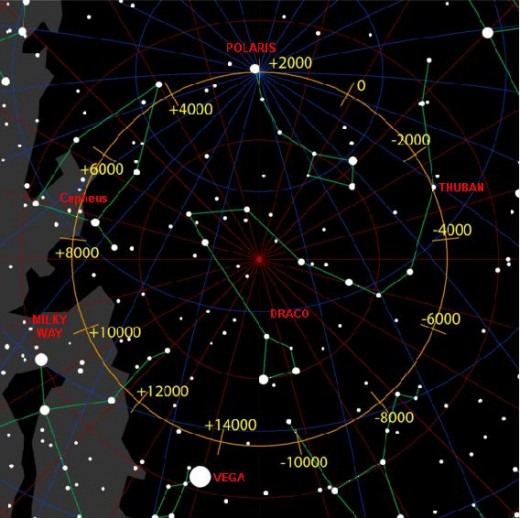
The Northern Precession
Some say that there were 144,000 casing stones, but most of them are missing, so there is no way to prove how many there were. If there were that many, it could relate to the Venus-Earth cycle of 1,440 years. Calculations by an astronomical program show that Alpha Draconis (Thuban) lined up in 2736 BCE. Polaris is yet to line up on or about 2060 AD. This gives a measure of time some 4,796 years that is is different than the 4,144 years given by many.
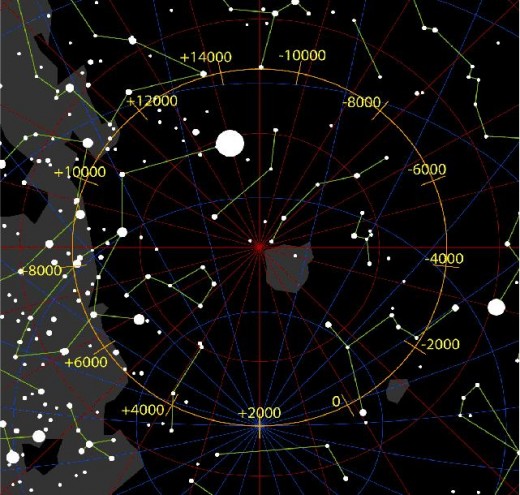
In the next 7500 years, the south celestial pole will pass close to the stars Gamma Chamaeleontis (4200 CE), I Carinae, Omega Carinae (5800 CE), Upsilon Carinae, Iota Carinae (Aspidiske, 8100 CE) and Delta Velorum (9200 CE). From the eightieth to the ninetieth centuries, the south celestial pole travels through the False Cross." (1)
Looking at the south polar precession through the ages, we can see a period between about 15000 BCE to about 10000 BCE that contains in years, the length of the descending passage in Pyramid Inches. Refining this period may give a period of 4,128.1204 years, involving three exact south pole stars. No less than three stars fall exactly on the path of the wondering south pole. What this immediately tells us is that the great pyramid may have been built as long as 15,000 years ago. At about that time, the south pole lined up with a small star next to Suhail al Muhlif called HIP39970. A south pole star marks close to the time when there was a major climactic change 12,600 years ago. By the time of 11,000 BCE when the south pole lined up with Eta Columbae, the old era had closed and a new one began. The position of the south pole star then suggests that the direction of moving up the descending passage is a consideration along with moving down the passage. The positions and times of both pole stars must be considered by time when they occur. We are now in a period where the precession has carried us almost halfway through the great precessional year. This fact alone in combination with Milanokovich cycles can be a device to allow calculation of great climactic cycles.
If we take both poles into account, then we can say that the alignment of Polaris in 2060 AD gives the end date of a cycle that started with the south pole star Eta2 Hydri at about 2155 BCE as the cycle's start. Given a margin of error, this is a reasonable fit and can also give us the figure of 4,128.1204 years to Pyramid Inches. The beautiful symbol in this case, is the extension of the line of the descending passage through the earth to point to this starting position and then extended in time to Polaris in our epoch at the north pole. The symbol here is one of ascent from the chaos of the underworld to the light of the north star, which in some myths is regarded as the holy mountain. The descending passage thus is an instrument that works both ways. It describes in ancient times, a descent into chaos and for the current cycle, ascension to the light. But cycles being what they are, tell us that this is just a temporary state and the cycle will once more return to chaos to begin from there once more. It is interesting to note that these two cycles stand at opposite points in the great precessional circle, with 13,000 years ago standing as a mid point indicator. We are now approaching the terminus of the current cycle marked by Polaris. Given whichever account described, we have recently passed that point in 2004 AD, or it lies in the future at 2060 AD. The current cycle midpoint happened around the year 0 plus or minus 40 years. In two distinct cases, there exists a cycle of 4,128.1204 years.
Reference


